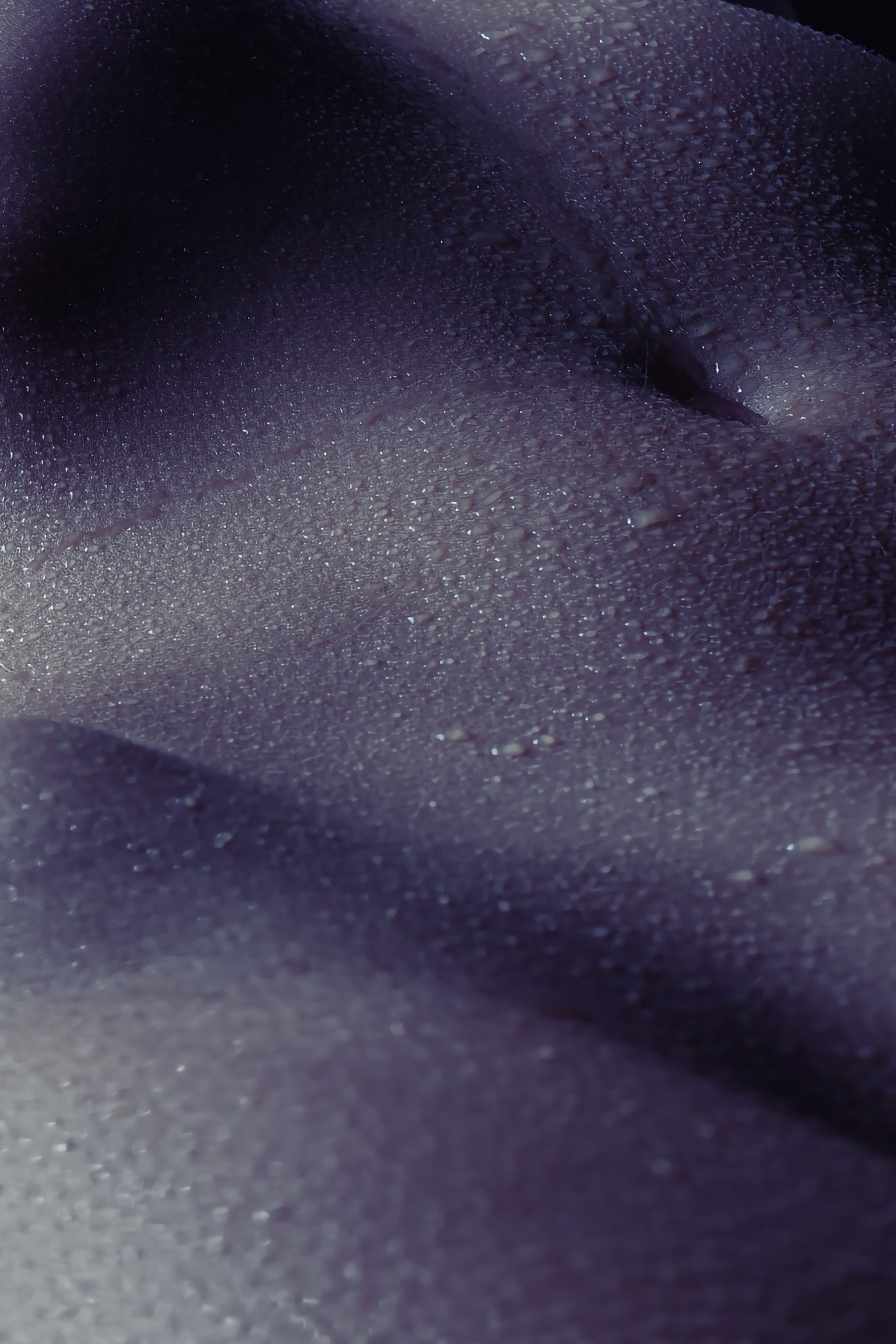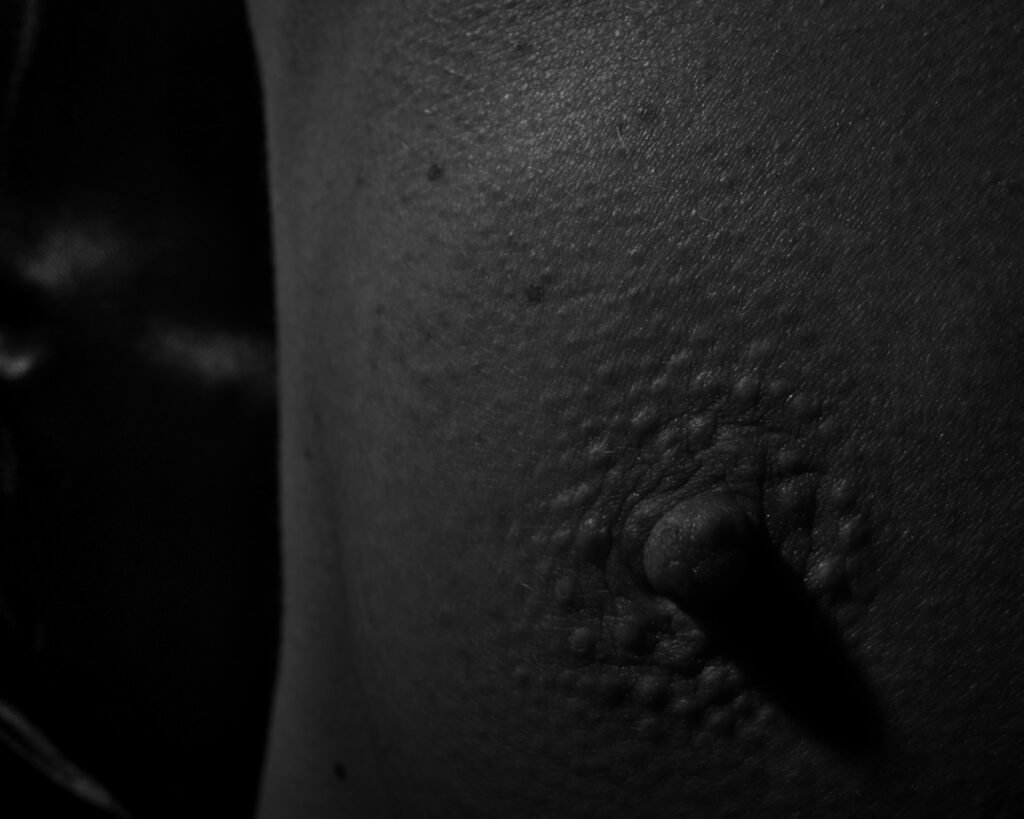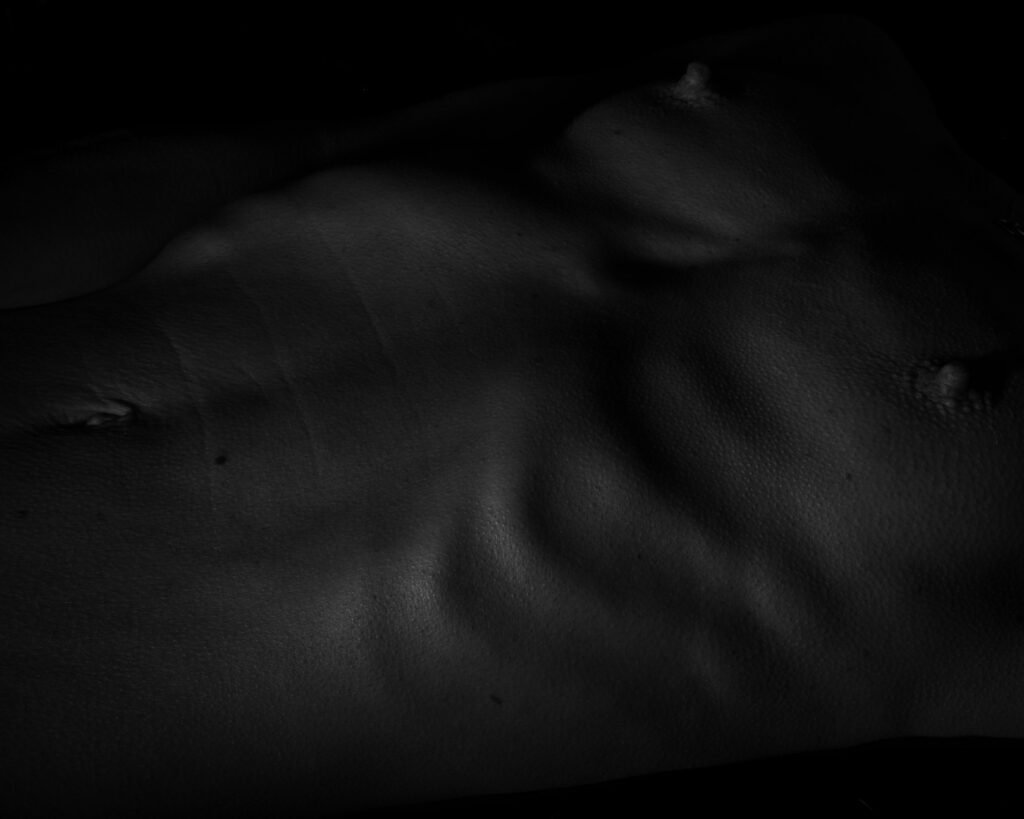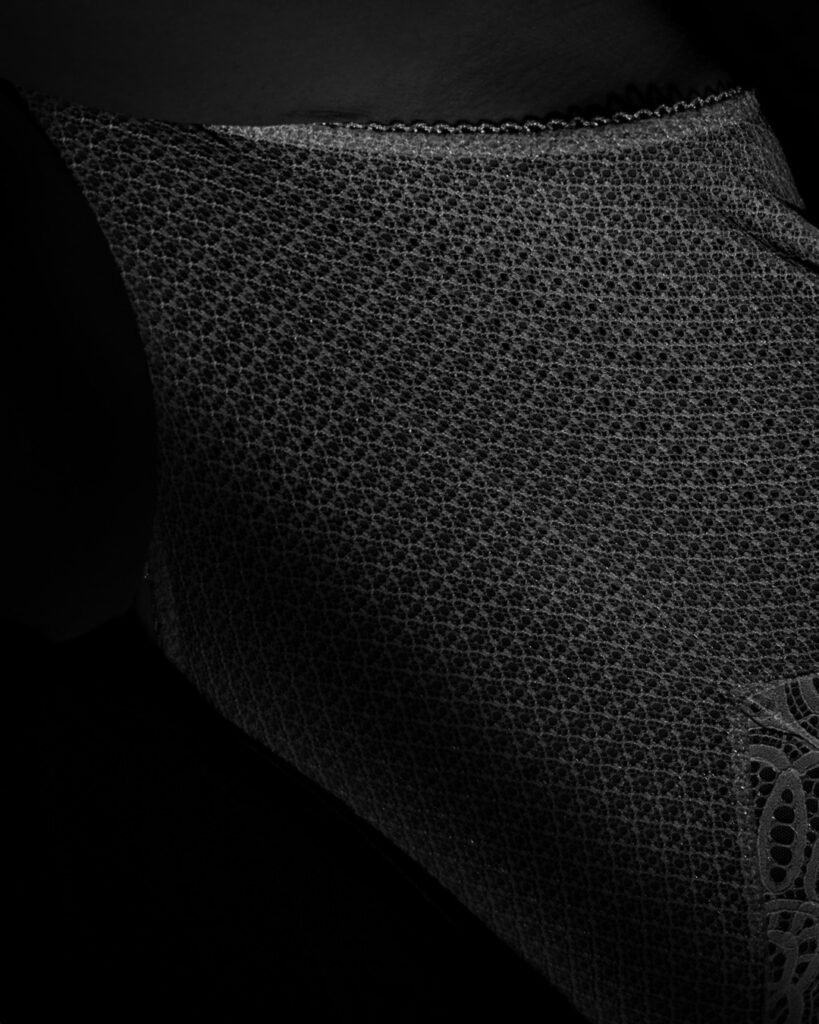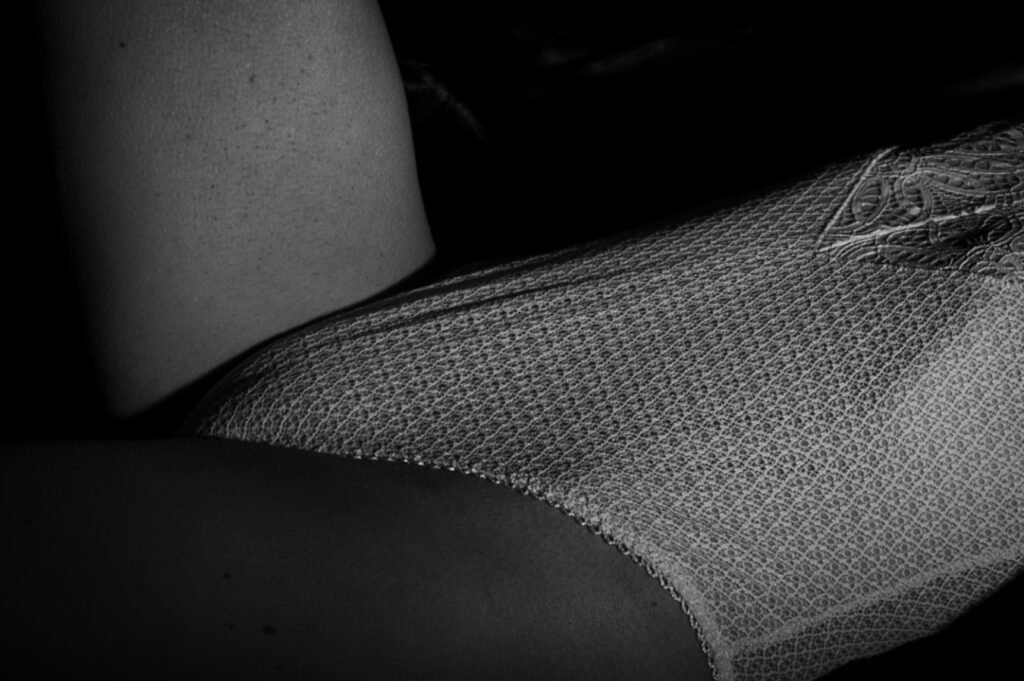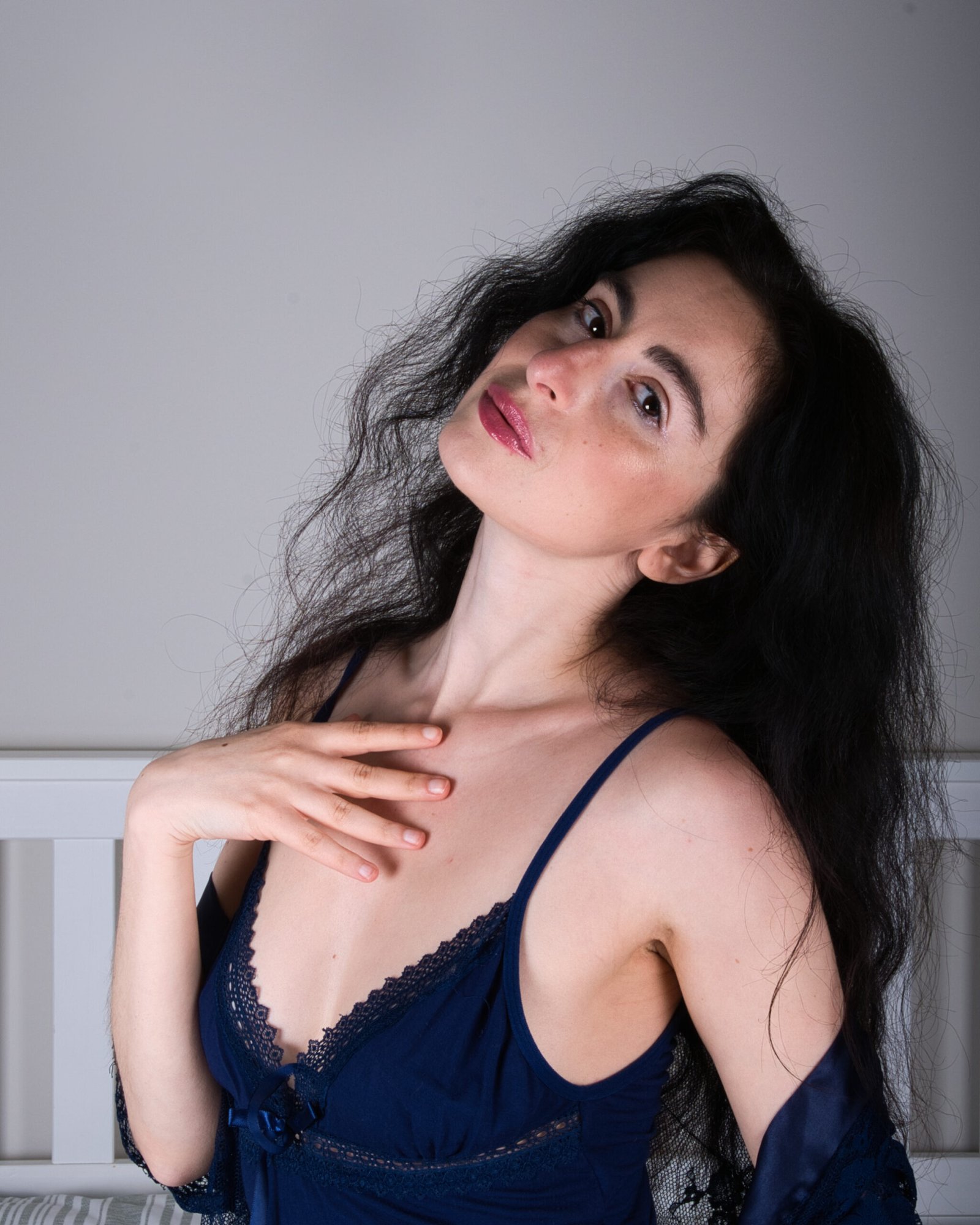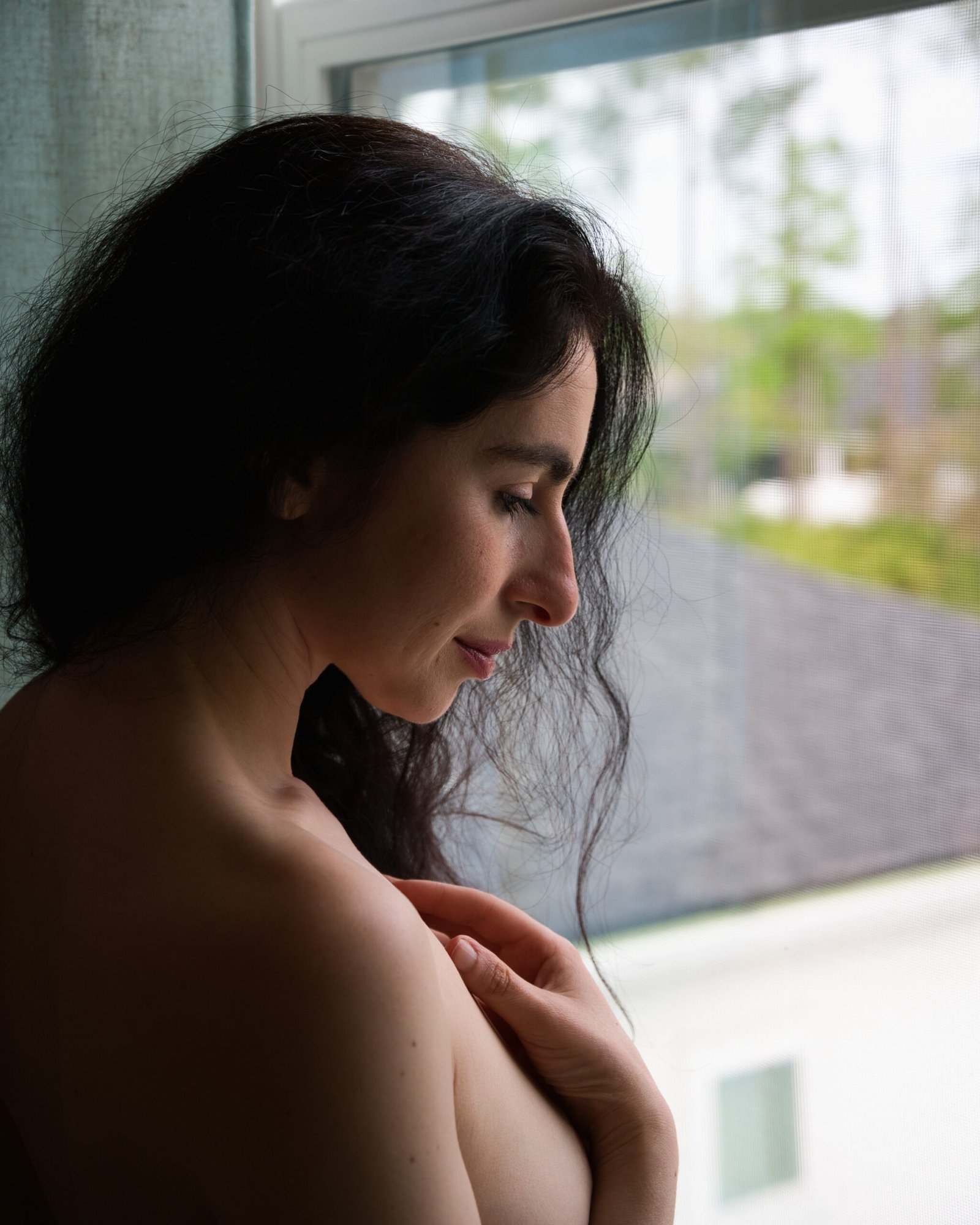Form is everything. The moment the body stops being a body and becomes a landscape — that’s when I press the shutter.”
There’s a certain magic in photographing the human body when it’s no longer seen as a body. Bodyscape photography sits at that delicate intersection between abstraction and intimacy — a place where form and shadow take precedence over identity, and where curves become canyons, ridges, and rhythms.
This gallery explores that space. Through carefully composed monochrome images, I wanted to strip away the context and present the body not as a subject, but as a sculpture — one carved by light, shaped by breath, and captured in stillness.
Why Black & White?
Removing color was an immediate choice. Bodyscape photography, to me, isn’t about realism — it’s about reduction. With monochrome, every distraction disappears. What’s left is just shape, texture, and tonal contrast.
Black and white also adds a timeless quality. These could be film stills from another era, or abstract studies from a modern exhibit. That ambiguity — of time, of form, of perspective — is what gives bodyscapes their quiet power.
Light as Language
Every image in this series was built around light — not just for exposure, but as the primary narrative device. I used a strobe diffused through a softbox to sculpt the figure in a way that emphasized depth, texture, and tonal transitions. The highlights kiss the surface while the shadows envelop it.
The goal wasn’t to reveal — it was to suggest.
Sometimes the body disappears entirely into darkness, only to emerge in a single sliver of light. Other times, it’s barely there — just a whisper of skin and tone, enough to invite curiosity but not clarity.
—
Composition and Cropping: The Art of Not Showing
Every crop was intentional. There’s a temptation in boudoir or nude photography to be literal — to show it all. But with bodyscapes, the power comes from restraint. I framed these shots to isolate muscle lines, gentle folds, skin texture, and tension.
You might see a hip, or it might be a shoulder. You might think you’re seeing one thing — until you realize it’s something else entirely.
That ambiguity creates room for the viewer. It invites interpretation, participation, and — ideally — emotion.
Skin, Texture, and the Human Landscape
This series was shot on a Nikon Z6 paired with a 24–70mm lens. I kept ISO at 100 and shutter speeds fast — generally between 1/150 and 1/220 — to preserve clarity and detail without motion blur.
I paid close attention to texture — the grain of skin, the shape beneath, the subtle tension in the muscle. These aren’t glamorized or retouched bodies; they’re real, present, and quietly powerful. I wanted to preserve that rawness — not perfect, but alive.
Bodyscape vs. Boudoir
People sometimes ask where the line is between bodyscape and boudoir. I think it comes down to intent. Boudoir is about seduction, confidence, and identity. Bodyscape is quieter — more meditative, more abstract. It’s not necessarily trying to be sexy. But that doesn’t mean it isn’t sensual.
Bodyscapes flirt with eroticism but never wink at it. They don’t show off — they draw you in.
NSFW or Fine Art?
Some platforms would flag these images. Others would hang them in a gallery. That’s the tension I live in as an artist. I create work that sits at the edge of what’s visible — and what’s allowed. But I believe that art should challenge comfort zones, especially when it comes to the human body.
That’s why I’ve added a toggle below the gallery to blur or reveal select images. It’s a small act of agency — giving viewers the choice to engage at their own pace, in their own way.
The Gallery
Each image is anonymous. But not empty. They carry presence — breath, warmth, energy. I hope you spend a moment with them.


